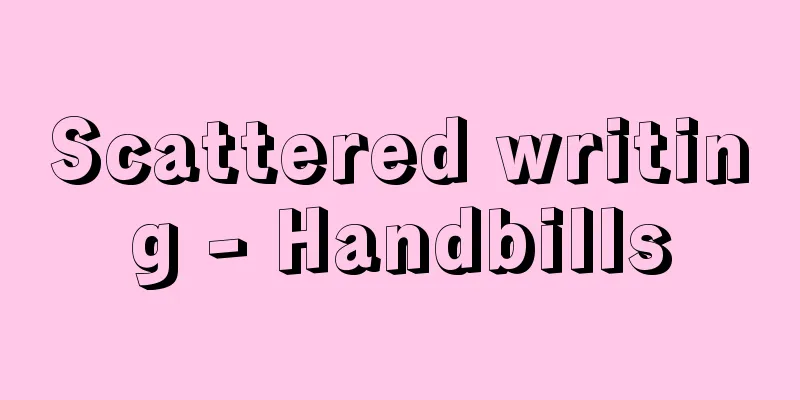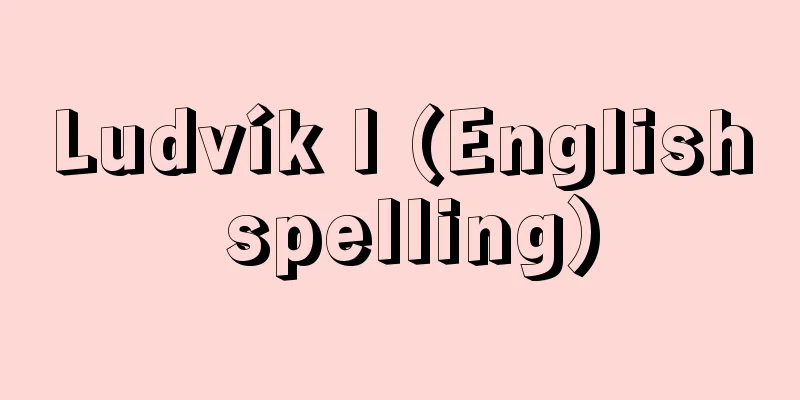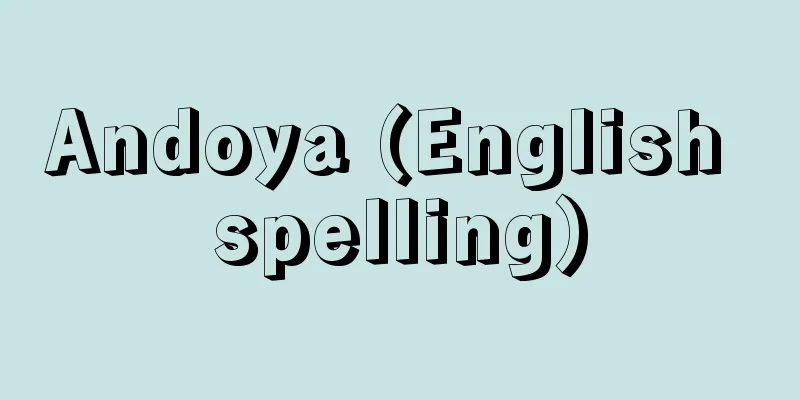Scattered writing - Handbills

|
A type of calligraphy used in waka poetry and kana messages. A unique Japanese style of writing in which characters are arranged in a scattered manner as a way of composing a page. Old remains of scattered letters include the "Kokuzo Bosatsu Nemjushidai" (Kana Message on the Back of the Paper) (Ishiyama-dera Temple, Shiga), which was copied around 966 (Kōhō 3), the "Kana Message" on the back of Fujiwara no Kinto's handwritten "Kitayamasho" (Kyoto National Museum), and the "Sanbo Kan'ō Yoroku" (Kana Message on the Back of the Paper) (Kyūkyōdō, Kyoto), which is estimated to date to the early 11th century. The lines are varied in pitch, and the continuous flow is extremely beautiful. In the Tale of Genji, it is called "messy writing," and it seems that messy writing was seen as more "modern and charming" than letters with evenly-spaced lines, in other words, a new modern charm. Furthermore, from the Muromachi period onwards, it became established as "nyobohosho." This was a document written in kana by Koto no Naishi, a female aide to the emperor, upon receiving an imperial decree, and was always written in messy writing. Later court nobles and women of the samurai class followed this style of nyobohosho when writing their news. On the other hand, representative examples of ancient waka scattered writing include "Sunshoan Shikishi," "Tsugi Shikishi," "Masu Shikishi," and "Gen'ei Hon Kokinshu." The author's aesthetic sense is incorporated into the beautiful layout of the pages, which skillfully utilizes the light and dark shades of ink, the thin and thick lines, the continuous characters, and the white space to the maximum. However, as can be seen from the mid-14th century "Kirinsho," which lists the names of "standing stone," "wisteria flowers," and "grove" as "calligraphy and poetry matters" and provides detailed explanations of the arrangement of characters and the position of the characters, during the Kamakura period it became trapped by the framework of the school and gradually became standardized. In the early Edo period, the "Kan'ei Three Calligraphers" of Hon'ami Kōetsu, Konoe Nobutada, and Shōkadō Shōjō once again brought about a new aesthetic trend for scattered calligraphy, but the modern kana calligraphy world is dominated by scattered waka poems based on ancient calligraphy. [Tamiko Oshita] Source: Shogakukan Encyclopedia Nipponica About Encyclopedia Nipponica Information | Legend |
|
和歌や仮名消息などの書法の一種。紙面構成の一法として、文字を散らして布置するわが国独自の書き方。散らし書きの手紙の古い遺品としては、966年(康保3)ごろ書写の「虚空蔵菩薩念誦次第(こくうぞうぼさつねんじゅしだい)紙背仮名消息」(滋賀・石山寺)、藤原公任(きんとう)自筆『北山抄』紙背の「仮名消息」(京都国立博物館)や、11世紀初頭と推定される「三宝感応要録(さんぼうかんのうようろく)紙背仮名消息」(京都・鳩居堂(きゅうきょどう))があげられる。各行に高低の変化をつけ、流暢(りゅうちょう)に続く連綿はきわめて美しい。『源氏物語』には「乱れ書き」とよばれており、行の上下をそろえた手紙よりも乱れ書きのものに「今めかしうをかしげ」な、つまり当世風の新しい魅力を感じていたようである。さらに、室町以降は「女房奉書(にょうぼうほうしょ)」として定着した。これは天皇側近の女官勾当内侍(こうとうのないし)が勅旨を受けて出した仮名書きの文書で、かならず散らし書きで書かれていた。この女房奉書のスタイルを踏襲して、後の公卿(くぎょう)や武家の女性たちは消息をしたためた。 一方、和歌の散らし書きの古例の代表としては、『寸松庵(すんしょうあん)色紙』『継(つぎ)色紙』『升(ます)色紙』や『元永(げんえい)本古今集』などがある。墨の濃淡・潤渇、線の細太、あるいは文字の連綿、余白を最大限に巧みに生かしたみごとな紙面構成のなかに筆者の美意識を盛り込んでいる。しかし、14世紀なかばの『麒麟抄(きりんしょう)』に、「書歌事」として「立石(たていし)」「藤花(ふじのはな)」「木立(こだち)」の名称をあげ、字配りや文字の位置まで細かく説明しているように、鎌倉時代には流儀の枠にとらわれ、しだいに定型化していった。江戸初期、本阿弥光悦(ほんあみこうえつ)、近衛信尹(このえのぶただ)、松花堂(しょうかどう)昭乗の「寛永(かんえい)の三筆」によりふたたび新しい散らし書きの美を生むに至ったが、現代の仮名書壇は、古筆に依拠する和歌の散らし書きの作品が大半を占めている。 [尾下多美子] 出典 小学館 日本大百科全書(ニッポニカ)日本大百科全書(ニッポニカ)について 情報 | 凡例 |
<<: Tiraspol' (English spelling)
Recommend
jaundice
Concept Jaundice is a condition in which elevated ...
Protea compacta (English spelling)
… [Mitsuru Hotta]... *Some of the terminology tha...
Arage Peacock - Arage Peacock
… The genus Adiantum is common in tropical and wa...
Christlichsoziale Partei (English spelling) ChristlichsozialePartei
... The second Catholic party emerged at the end ...
Mastopathy
What kind of disease is it? ●Main symptoms and cou...
North Sea Oil and Gas Fields - Hokkaiyu Gas Fields
The discovery of the Groningen gas field in the Ne...
Fraunhofer lines - Fraunhofer lines
Dark lines (absorption lines) seen in the solar s...
Tortoiseshell Tiger Maru - Tortoiseshell Tiger Maru
A rakugo performer. (1) The first (?-1893 (Meiji 2...
Megaderma spasma (English spelling)
…[Yoshiyuki Mizuko]. . . *Some of the terminology...
Archidamus War
The first period of the Peloponnesian War (431-421...
Zaikabou
The spinning industry in China was run by Japanes...
Islamic Fundamental Movement
...In response, dissatisfaction with the politica...
Vampire bat (blood-sucking bat)
A general term for bats that feed on the blood of ...
doliolaria
...There is only one gonad, which opens on the ba...
Low water
When the sea level rises and falls due to tides, ...









